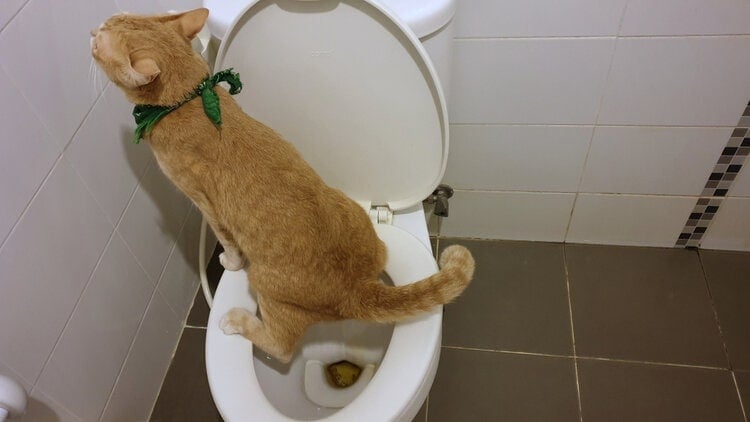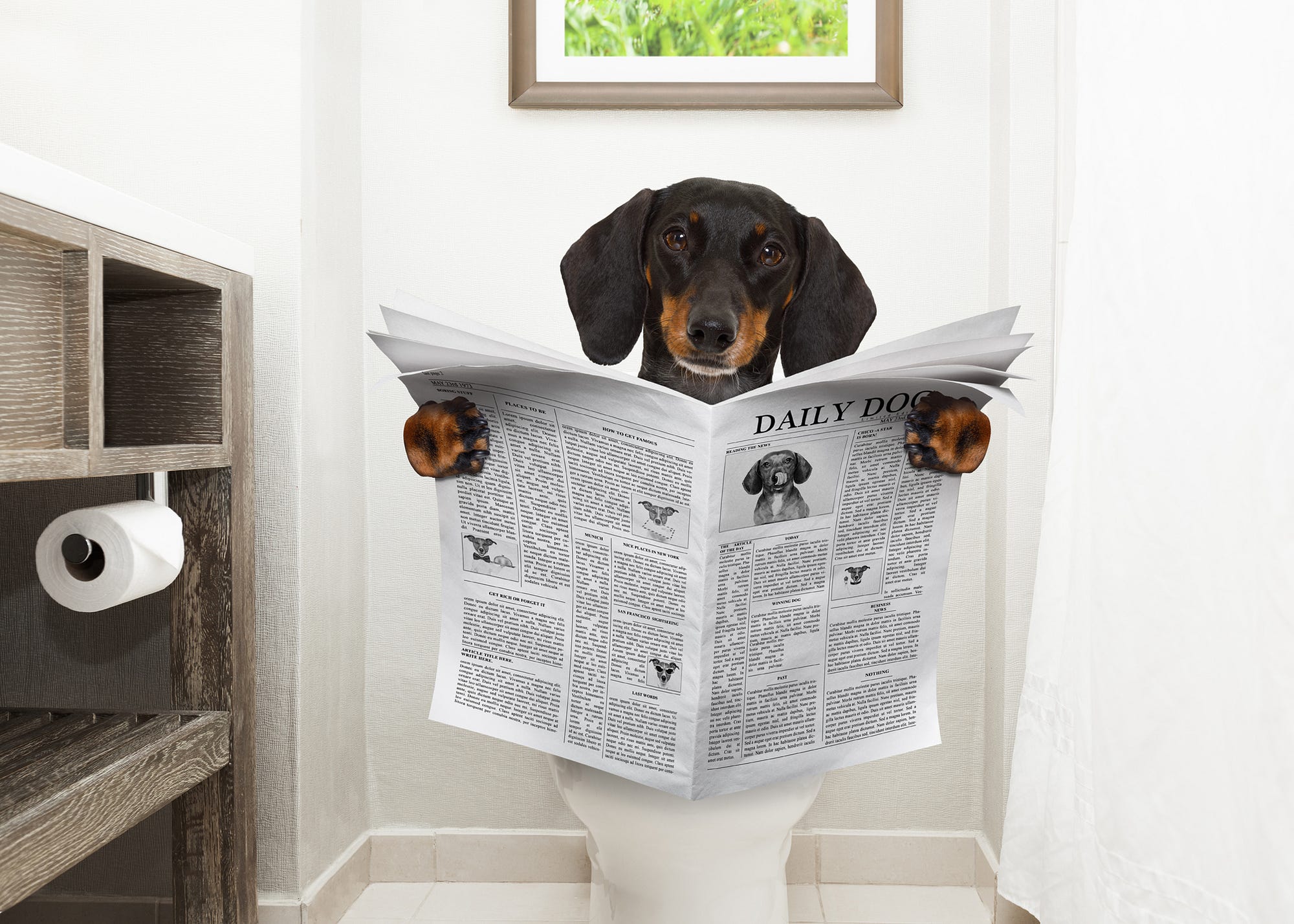Learning the Dangers of Flushing Animal Waste Down the Toilet
Learning the Dangers of Flushing Animal Waste Down the Toilet
Blog Article
We've come across this great article on 4 Reasons Why Dog Poop Cleanup is Important below on the internet and thought it made good sense to relate it with you over here.

When it comes to disposing of waste, especially animal waste, lots of people frequently consider the practical choice of flushing it down the bathroom. Nevertheless, this relatively easy remedy can have significant effects for the atmosphere and public health. In this write-up, we'll explore why flushing animal waste down the bathroom is a negative concept and offer alternate methods for correct disposal.
Intro
Appropriate waste disposal is vital for keeping ecological sustainability and public health. While it may appear safe to flush animal waste down the bathroom, it can result in numerous concerns, both for the setting and human wellness.
Threats of flushing animal waste
Ecological influence
Flushing pet waste presents harmful germs and virus right into waterways, which can adversely influence water ecosystems. These virus can infect water sources and damage aquatic life, interfering with fragile ecosystems.
Public health issues
Animal waste contains hazardous germs such as E. coli and Salmonella, which can posture serious health and wellness risks to people. Purging pet waste down the commode can pollute water products, resulting in the spread of illness and infections.
Alternatives to flushing
Rather than purging animal waste down the toilet, there are numerous different disposal approaches that are a lot more environmentally friendly and sanitary.
Composting
Composting pet waste is an environmentally friendly method to dispose of it. By composting, organic matter is broken down right into nutrient-rich soil, which can be utilized to fertilize gardens and plants.
Land fill disposal
Getting rid of animal waste in a garbage dump is one more alternative. While not as environmentally friendly as composting, it is a much safer choice to flushing, as it prevents the contamination of water resources.
Pet waste disposal systems
There are customized pet waste disposal systems readily available that securely and hygienically throw away pet waste. These systems typically make use of enzymes to break down waste and get rid of smells.
Steps to appropriate animal garbage disposal
To guarantee proper disposal of pet waste, follow these actions:
Scooping and landing waste
Frequently scoop and bag pet waste using naturally degradable bags. This protects against waste from infecting the environment.
Using designated waste bins
Dispose of bagged animal waste in marked waste bins, such as garden compost containers or garbage dump bins. Stay clear of flushing it down the bathroom in all costs.
Cleaning up litter boxes and pet areas regularly
Consistently tidy can and family pet areas to stop the build-up of waste and bacteria. Use pet-safe cleaning products to keep hygiene.
Benefits of appropriate disposal methods
Embracing proper disposal approaches for animal waste supplies several advantages:
Reduced environmental pollution
Proper disposal techniques lower the risk of environmental pollution, shielding rivers and environments from contamination
Lessened danger of water contamination.
By avoiding flushing animal waste down the bathroom, the danger of water contamination is substantially minimized, securing public health.
Enhanced hygiene and hygiene
Appropriate disposal approaches promote much better cleanliness and health, creating a safer environment for both humans and animals.
Conclusion
In conclusion, purging animal waste down the bathroom is unsafe to the setting and public health. By taking on alternative disposal techniques and adhering to correct waste monitoring techniques, we can lessen the negative effect of pet waste and contribute to a cleaner, healthier world.
What To Do With Dog Poo – The Do's And Don'ts Of Disposing Of Faeces
Dog poo bins
Some councils provide dedicated dog waste bins in popular dog-walking areas that can take dog poo that has been bagged but you can legally dispose of dog waste in any public litter bin, as long as it is securely bagged. This also applies to your wheelie bin at home.
Do not flush
Water companies do not recommend flushing dog faeces down the toilet because certain parasites can survive the water processing treatment and are potentially harmful to humans. You should also never consider flushing dog poo that has been bagged down the toilet as the bags will not break down and instead create severe blockages in the sewage system.
In the woods
The Forestry Commission promotes a ‘stick and flick’ method for dealing with waste in the woods. This means finding a stick and using it to flick any poo from off the path so that it is out of the way of other walkers. You could also bury it as long as it is not in an area where there might be livestock.
Livestock
Parasites found in dog poo can be transmitted to livestock if they inadvertently eat infected faeces that has been left on grazing land. This could result in the death of sheep or abortion in cattle so you should always make sure you pick up your dog’s waste in fields where livestock could be present.

Consistently tidy can and family pet areas to stop the build-up of waste and bacteria. Use pet-safe cleaning products to keep hygiene.
Benefits of appropriate disposal methods
Embracing proper disposal approaches for animal waste supplies several advantages:
Reduced environmental pollution
Proper disposal techniques lower the risk of environmental pollution, shielding rivers and environments from contamination
Lessened danger of water contamination.
By avoiding flushing animal waste down the bathroom, the danger of water contamination is substantially minimized, securing public health.
Enhanced hygiene and hygiene
Appropriate disposal approaches promote much better cleanliness and health, creating a safer environment for both humans and animals.
Conclusion
In conclusion, purging animal waste down the bathroom is unsafe to the setting and public health. By taking on alternative disposal techniques and adhering to correct waste monitoring techniques, we can lessen the negative effect of pet waste and contribute to a cleaner, healthier world.
What To Do With Dog Poo – The Do's And Don'ts Of Disposing Of Faeces
Dog poo bins
Some councils provide dedicated dog waste bins in popular dog-walking areas that can take dog poo that has been bagged but you can legally dispose of dog waste in any public litter bin, as long as it is securely bagged. This also applies to your wheelie bin at home.
Do not flush
Water companies do not recommend flushing dog faeces down the toilet because certain parasites can survive the water processing treatment and are potentially harmful to humans. You should also never consider flushing dog poo that has been bagged down the toilet as the bags will not break down and instead create severe blockages in the sewage system.
In the woods
The Forestry Commission promotes a ‘stick and flick’ method for dealing with waste in the woods. This means finding a stick and using it to flick any poo from off the path so that it is out of the way of other walkers. You could also bury it as long as it is not in an area where there might be livestock.
Livestock
Parasites found in dog poo can be transmitted to livestock if they inadvertently eat infected faeces that has been left on grazing land. This could result in the death of sheep or abortion in cattle so you should always make sure you pick up your dog’s waste in fields where livestock could be present.

I am just very taken with 4 Reasons Why Dog Poop Cleanup is Important and I hope you liked the entire entry. If you appreciated our post plz don't forget to share it. Kudos for your time. Come back soon.
Browse Our Site Report this page